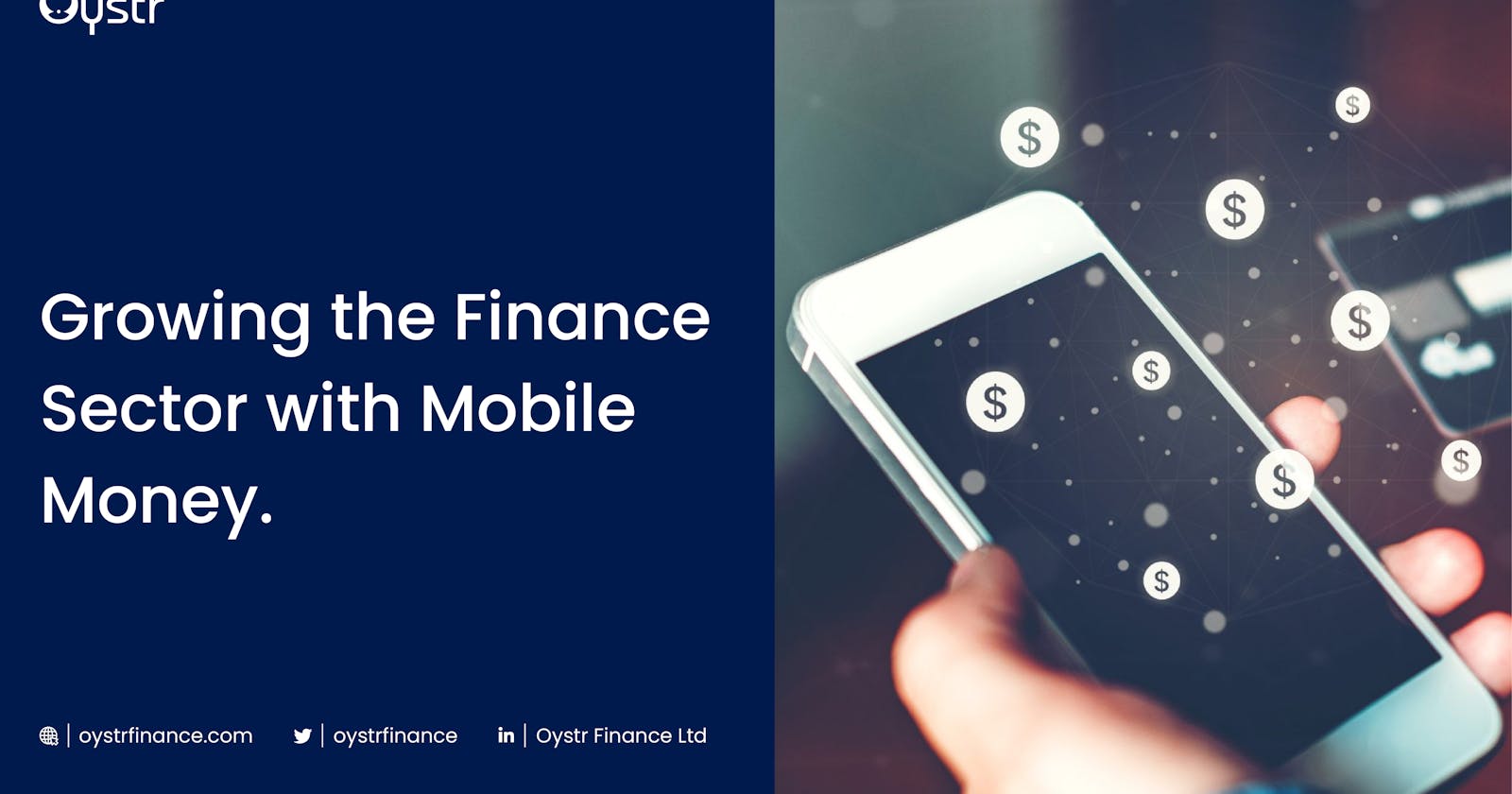Mobile money systems have the potential to serve as both a vehicle for financial inclusion and a new market for network operators. In today's emerging economies, the majority of people and small enterprises are not fully integrated into the formal banking system.
In today's emerging nations, two billion people and 200 million small companies do not have access to formal savings and credit. They only deal in cash, have no secure means of saving or investing their money, and must rely on private lenders and personal networks for credit.
Even those who have access can pay a high price for a limited range of products. Reaching these individuals and small companies with products that go beyond payments and can considerably enhance their financial life is critical to financial inclusion success.
Mobile Money Is The Key Tool Of Financial Inclusion
With more than 270 active mobile money deployments in 90 countries and an increasing number of large-scale deployments (30 deployments have at least one million active mobile money users), the mobile money market is continuing to grow internationally.
Additionally, 19 markets have more mobile money accounts than bank accounts, showing that mobile money is still a crucial tool for enabling financial inclusion.
However, airtime top-ups and person-to-person transfers continue to be the two use cases that dominate mobile money usage.

Going Beyond Mini Transactions
Only by building use cases beyond transfers and airtime top-ups will greater progress on financial inclusion and the development of a robust mobile money ecosystem be made. Customer and provider advantages of adopting the mobile money ecosystem include:
Customers will have access to more services that more effectively meet their financial needs thanks to the availability of additional services through mobile money (e.g. women or farmers). Payments to and from underserved and financially excluded people can be made easily, securely, and affordably with mobile money. An improvement in provider profitability: Expect good profit margins of more than 20% and cash flow margins of more than 15% from deployments that create a mature ecosystem.
Mobile Money Can Enable More Effective Monetary Policy
It has been discovered that mobile money can support more effective monetary policy in terms of monetary stability by shifting money and assets into the formal financial system and bringing a larger portion of economic activity under the impact of central bank interest rates. A recent study on the subject is consistent with the finding that there is no connection between the adoption of mobile money and inflation.
There is currently no evidence to imply that mobile money poses a systemic danger to the financial system or other payment systems, which is concerning for the stability of the economy. Mobile money has a "high-volume, low-value" business model even in the most developed markets, accounting for a far smaller percentage of transaction values than transaction volumes.
Additionally, it has been observed that the growth of the commercial banking industry is linked to the rise of mobile money, demonstrating that worries about the replacement of traditional banks are unwarranted. Instead, research shows that mobile money is an add-on to commercial banking services and can facilitate their diversification and extension - or, at the very least, it has no appreciable influence.
Enterprise Solution With Mobile Money
Small and medium-sized businesses (SMEs), particularly in developing nations, are very important to most economies, according to the International Finance Corporation. In emerging economies, formal SMEs account for up to 45% of all employment and up to 33% of total national income; these percentages rise dramatically when informal SMEs are taken into account.

As a result, the wide SMEs segment plays a vital role in economic growth generally, as well as tackling inequality and poverty reduction in the regions of the world that most urgently require sustained, inclusive development. In that scenario, expanding the adoption of mobile financial services among SMEs might have great benefits for society as a whole.
SMEs can employ mobile financial services in a variety of ways. This includes accepting payments from clients both in-person and online to pay suppliers or staff, to pay the government and receive government subsidies, or even to obtain credit.
From 549,000 in September 2016 to over 618,000 in June 2017, the number of businesses and merchants linked to mobile money providers has increased. The need for an improved value proposition is highlighted by the low activity rates of these merchants. While opening an account as an individual mobile money user is currently simple, several mobile money providers make it more difficult to do so as a merchant. There is a need to establish a proposition to address the demands of merchants and SMEs as mobile money providers move towards a platform model. Additionally, the solution will go beyond simply improving payment-related services for business customers.
Increased Mobile Money Use In Merchant Payment
In December 2017, merchant payment transactions—one of the trickiest mobile money use cases—reached $722 million each month, up 14% from the previous month. From 549,000 in September 2016 to over 618,000 in June 2017, the number of businesses and merchants linked to mobile money providers has increased. Due to its widespread use as a daily use case, merchant payment systems present an opportunity for providers, small and medium-sized businesses (SMEs), banks, and customers alike. Merchant payments were listed as the top product priority for 2018 by 60% of mobile money providers who took part in our Global Adoption Survey. In the Global Adoption Survey, 60% of mobile money providers said that their top product priority for 2018 is merchant payments.
The need for a better value offering for merchants is underscored by the fact that merchant activity rates are still low. By directly meeting the financial demands of small enterprises, a set of functions for collections, salary payments, and bank-to-mobile transfers that are all expanding rapidly could increase merchant activity. Other ways to make a more appealing offer for merchants include lowering prices, giving adjacencies like credit, and ensuring a frictionless payment process for both the merchant and the customer across various channels.
Mobile Money In E-commerce
The growth of e-commerce in emerging nations is being fueled by rising smartphone adoption and rising internet accessibility. From US$1.4 trillion to $3 trillion, the Asia-Pacific region is projected to grow. Sub-Saharan Africa is now a smaller market, but by 2025, it is expected to have e-commerce sales of US$75 billion. Small and medium-sized businesses (SMEs) in developing nations are now able to innovate and create new jobs thanks to e-commerce.
According to the Global Findex database of the World Bank, low-income and rural communities use e-commerce in major mobile money marketplaces. However, cash-on-delivery payment methods, which are costly, ineffective, and time-consuming for both consumers and sellers, account for over 70% of all e-commerce purchases in these countries. Mobile money may play a significant role in enabling e-commerce payments in places where it is currently prevalent. In other countries, like Southeast Asia, where there is potential for considerable mobile money growth, e-commerce payments may also be a driving force behind the adoption of mobile money, which will, in turn, account for a growing finance sector.
Interoperability For Mobile Money
It will be necessary to keep developing robust, interoperable payment systems that provide consumers with a variety of use cases and financial products if we are to reach the 1.7 billion people who currently lack access to safe, dependable, and convenient financial services. So for mobile money providers, interoperability is a strategic objective in order to: Promote the long-term expansion of mobile money to advance the financial sector. Additionally, to increase customer relevance for mobile money accounts, ensure their loyalty, and promote network effects. Additional factors include improving financial inclusion by bridging the divide between banked and unbanked people, as well as contributing to the ecosystem's efforts to digitize currency and modernize and improve the effectiveness of payment systems.
As mobile money develops, it is evident that integration with the broader financial sector is essential to facilitating interoperability, both with other mobile money deployments and other financial service providers. Even though discussions about mobile money interoperability have frequently centred on mobile-to-mobile transfers, interoperability with the banking industry and other traditional payments networks can add another source of revenue to the mobile money ecosystem and increase the usefulness of mobile money for its users. 184 distinct corridors linking 35 sending countries and 45 receiving countries are facilitating cross-border interoperability to ease international money transfers.
Conclusion
The aforementioned findings suggest how mobile money benefits people, households, businesses, and the financial industry. Nevertheless, it is impossible to overstate how much mobile money has on a nation's macroeconomic and financial sector development.
Oystr Finance is partnering with Mobile Money Operators (MMOs) in Africa, to assist more customers in accessing financial assistance, and include more people in the financial market. Financial operators can also serve customers better and improve their customer base with Oystr. Visit us to learn more.

